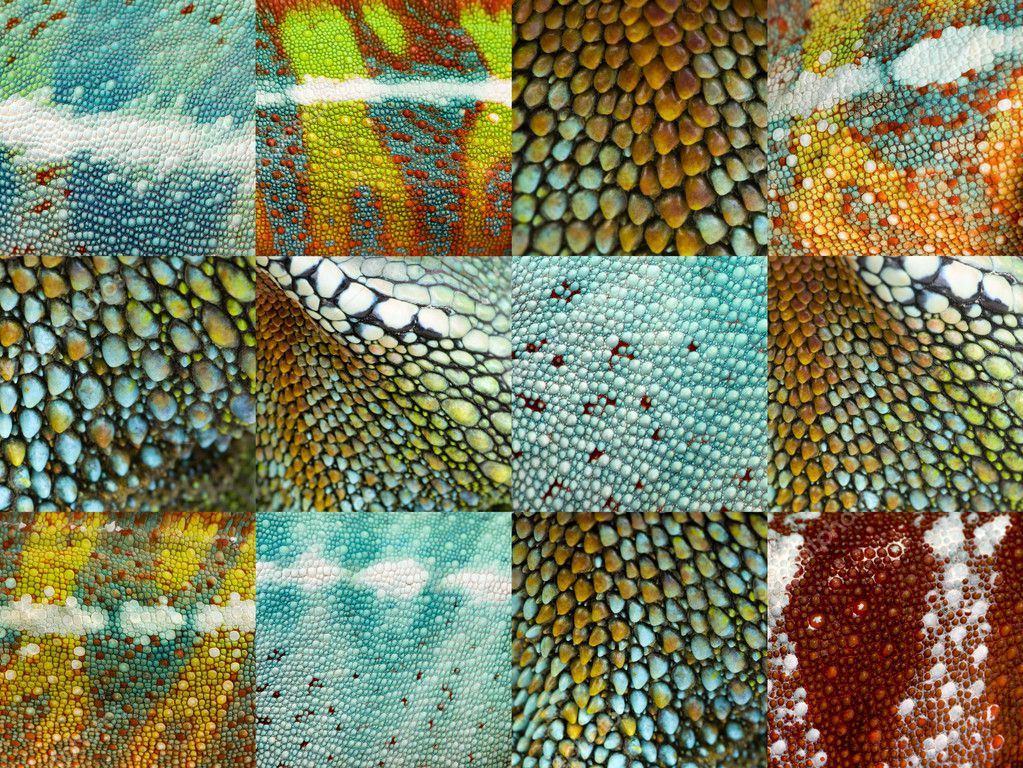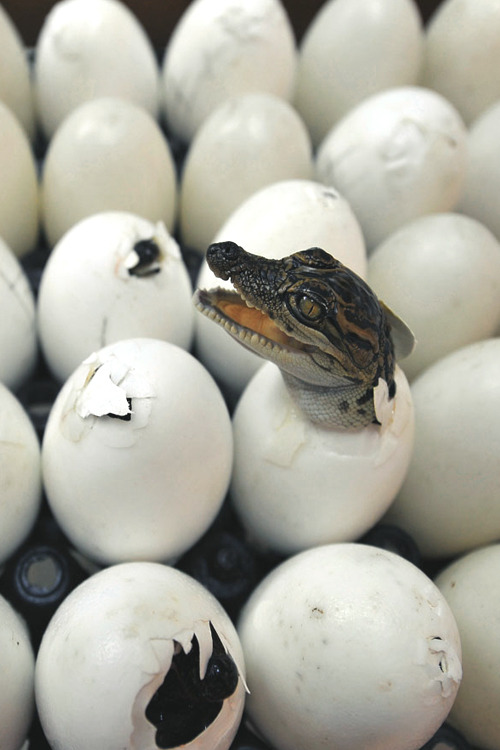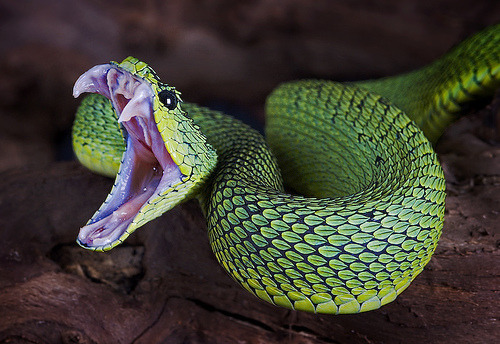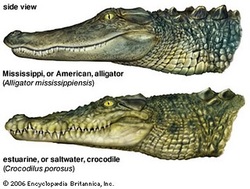There are about 7000 species, include
turtles, tortoises, alligators, crocodiles, lizards, snakes, etc
 |
They are the 1st really terrestrial
vertebrates – they live and reproduce on land
They arose about 300 million years ago,
probably because insects had spread into all land habitats and were a plentiful
source of food
Dinosaurs were reptiles and they
dominated on land from 250 million years ago until about 65 million years ago
(representing the heyday of the reptiles).
They showed extreme variations in size, habitat and lifestyle. Their extinction was most likely caused by
climate change (in general), that was exacerbated by a meteor hitting the Earth
(in what is now Mexico), which cause a huge dust cloud to rise and block
sunlight for a very long period, leading to air pollution, drop in temperature
and major plant death (herbivores’ food source)
 |
BODY STRUCTURE
Skin: impermeable (vízálló), dry,
covered with scales or bony plates
 |
| Various reptile skins |
Movement: quadrupeds (4 legs, except
the legless snakes, of course), with legs attached under the body allowing them
for faster movement. Toes have claws for
digging or climbing.
 |
Respiration: lungs, larger than in
amphibians, with infoldings. Can inhale
with the help of rib muscles (except in turtles)
Circulation: 3-chambered heart, but the ventricle has a
septum which partially separates it, resulting in less mixing of oxygenated and
deoxygenated blood. They have
double-circuit circulation. In
crocodiles the septum almost completely separates the two ventricles, so they
are sometimes said to have 4-chambered hearts.
 |
Reproduction: entirely on land. They have internal fertilization, so they
don’t need water to get the sperm to the egg.
The female secretes a protective coverings over the eggs after
fertilization and then lays them in a next (dug out of the ground). These eggs are amniotic eggs, which means
there is an amniotic membrane surrounding the embryo and protecting it in a
bubble of fluids. There is also a yolk
that provides the growing embryo with nutrition. They don’t produce as many eggs as
amphibians. Most species are oviparous, meaning they lay eggs, but
some, like some vipers, are ovoviviparous,
meaning they produce eggs, but they carry them around inside themselves until
the eggs hatch
 |
 |
 |
Excretory: this system is specialized to minimize water
loss when getting rid of wastes, so they produce uric acid instead of ammonia
(which is what we see in fish and amphibians)
CLASSIFICATION
O. Squamata – means
scaly skinned
-includes snakes and
lizards
1. Lizards – geckos, iguanas,
skinks, chameleons, etc
- most have 4 legs
- have moveable eyelids
- have ear openings
 |
| Bearded Dragon |
 |
| Green lizard |
2. Snakes
 |
| Rákoczi viper |
- all are legless
- excellent sense of
smell: Jacobsen’s organ is found on the roof of their mouth (it contains
chemical receptors). When the snake
flicks its tongue in and out, it is “tasting” the air, or carrying chemicals
picked up in the air, back to the Jacobsen’s organ in its mouth.
-poor vision: they have
an eye covering, but no moveable eyelid.
The eye covering moults with the rest of the skin
- poor hearing: no ear
or ear drum (tympanic membrane) – can pick up vibrations in the ground
- pit vipers have the
ability to detect heat using the pits found below their eyes, so they can see
their “warm-blooded” prey, like an infrared image.
 |
- predators: there is
some variation in their hunting techniques.
For example, constrictors squeeze their prey to death before eating
them, while venomous snakes bite their prey to inject a venom (poison) that
will paralyze or kill the prey before they eat them. Non-poisonous snakes will eat their prey
alive. All snakes eat their prey whole
and in order to do this they have hinged jaw bones that move independently and
can open very wide. The lower jaw is
actually two bones, so it can widen to the sides as well.
 |
 |
 |
| Jaw open wide |
 |
| Note the large bump, a result of eating prey whole! |
O. Chelonia – turtles
(found in water) and tortoises (found on land)
 |
 |
- about 150 species
- unique in that they
have a carapace (on top) and plastron (on the bottom)
- no teeth, use a horny
beak to tear food
- they are omnivores
(eat everything)
 |
| Red-eared slider (ékszerteknős) |
h(252)c(1)/41acd2bf98cd21dd00747cce1530024e.jpg) |
| European pond turtle |
In Hungary, the release
of red-eared sliders into ponds and other waterways has caused a decline in
pond turtles, as the sliders are very aggressive competitors. Sliders are commonly kept as pets.
O. Crocodilia –
crocodiles, alligators, caimans and gavials
- snouts allow us to
tell them apart: alligators have short,
wide snouts, crocodiles have longer, narrower snouts and their bottom teeth
stick out when the animal’s mouth is closed.
Gavials have a sort of “knob” on the end of their snout.
 |
| Alligator vs. crocodile |
| Gavial |
 |
| Caiman |
- water dwellers: eyes
and nostrils are on top of the head.
They have a valve between the nose and mouth to keep the air passage
free when eating.
No comments:
Post a Comment